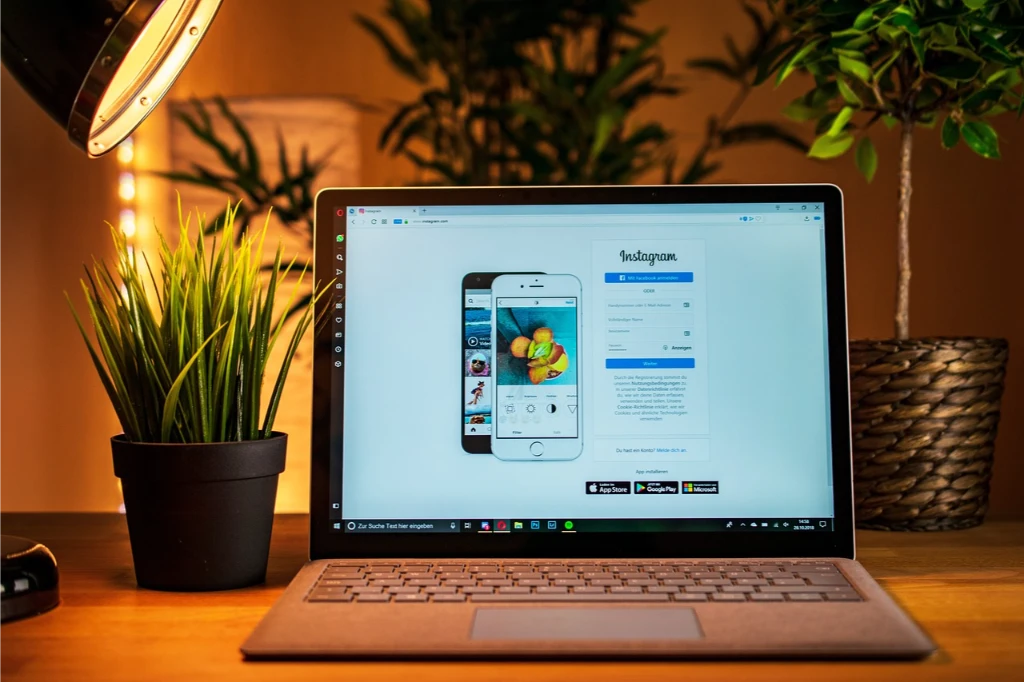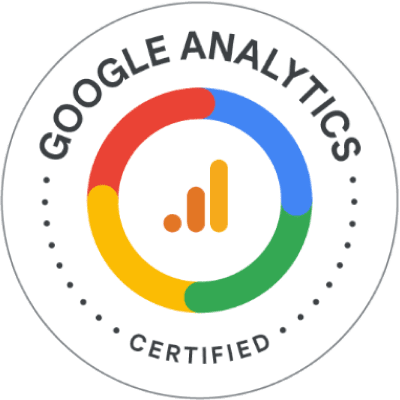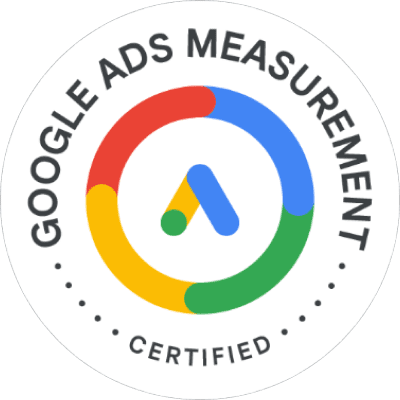Google AI Overviews are a feature in Google Search that use generative AI to create short summaries of topics along with links to relevant web content for certain search queries. These AI-generated summaries appear in a shaded box at or near the top of the Google search results page. The goal is to provide users with a quick overview of topics that would usually require multiple searches to understand fully.
Google announced this feature on May 14, 2024. They said AI Overviews will show up in search results when their systems decide that generative responses would be particularly helpful. For example, this could be when you need to quickly understand information from various sources, including content from the web and Google’s Knowledge Graph.
AI Overviews became available to all U.S. users in mid-May. However, its launch has had some issues, such as incorrect advice, like using non-toxic glue to keep cheese on pizza, and fake screenshots created by users showing false information. While Google reported on May 30, 2024, that user feedback now shows higher satisfaction with search results, they also mentioned that they are reducing the number of queries that trigger AI Overviews as they work on improving the technology and making other changes.
AI Overviews and SGE vs. traditional Google search
Google AI Overviews developed from a testing phase called the Search Generative Experience (SGE), which was introduced by Google’s parent company, Alphabet, in May 2023. This was a new step in improving Google’s main product. Since Google first launched its search engine in 1998, it has mainly used a system where a web crawler visits websites to gather and organise information. The collected information is then ranked by Google’s search engine algorithms, which are always being updated to give users the most relevant results.
AI Overviews use a large language model called Pathways Language Model 2 (PaLM 2) to handle search queries and create content. PaLM 2 is trained on a lot of data and is a type of AI model known as a transformer. This model allows the AI to predict results and offer suggestions to improve search outcomes. The goal is to add to the existing Google search results, not replace them.
The search engine isn’t the only company using such technology with search. Microsoft has also experimented with it by adding features from ChatGPT, created by OpenAI, into its Bing search engine. This feature, called Bing Deep Search, was announced in December 2023, launched in February 2024, and briefly paused for testing. In March 2024, Microsoft made it available to all users. It uses Bing’s search index and combines it with the power of GPT-4, the latest version of OpenAI’s language model, to provide better search results.
Google scales back AI Overviews after errors appear
On May 30, Liz Reid, vice president and head of Google Search, wrote a long blog post addressing the “oddities or errors” that occurred with the launch of AI Overviews. These issues included strange suggestions, like using glue to keep cheese on pizza, and fake results. She said, “Given the attention AI Overviews received, we wanted to explain what happened and the steps we’ve taken.”
Reid explained that Google AI Overviews work very differently from chatbots and other AI tools people might have tried. Unlike those tools, the summaries created by AI Overviews are not just based on training data; they are also supported by top web results, thanks to their connection with Google’s main ranking systems.
“This means that AI Overviews generally don’t ‘hallucinate’ or make things up like other AI tools might. When AI Overviews get something wrong, it’s usually for different reasons.” — Liz Reid
These reasons include misunderstanding the search query, misinterpreting the language on the web, or not having enough good information available—problems that also happen with other search features. She added that the accuracy of AI Overviews is similar to Google’s featured snippets, which also use AI to show key information with links to web content.
Reid mentioned that Google has made over a dozen technical improvements since launching AI Overviews. These improvements include better ways to detect nonsense queries, reducing the inclusion of satire and humour, limiting user-generated content that could be misleading, and adding more “quality protections” for answers related to news and health.
What are some examples of ways businesses can use Google AI Overviews?
Google has promised to keep showing search ads in AI Overviews, just like they do with the regular search function. These ads will be clearly labelled as sponsored results.
Google’s main goal is still to guide users to web content. Because of this, businesses need to make sure they have high-quality content. It’s also a good idea for businesses to keep using search engine optimisation (SEO) techniques since the new search experience will still favour SEO-friendly content for Google’s search engine.
Google has placed a strong focus on shopping in its new search experience. AI Overviews can access the Google Shopping Graph, an AI system that includes more than 35 billion product listings and is continuously updated with product details, reviews, and seller information.
When a user enters a shopping query, the AI-generated summary will show relevant product information along with suggestions to help users consider their options.







